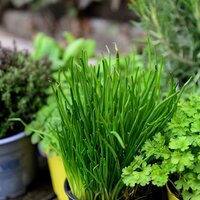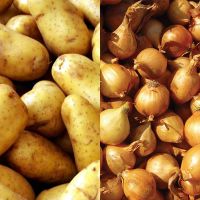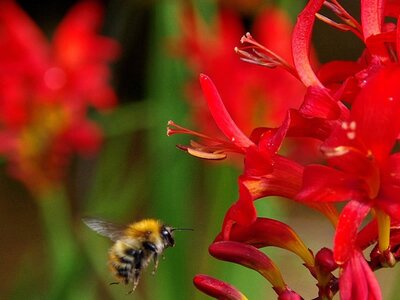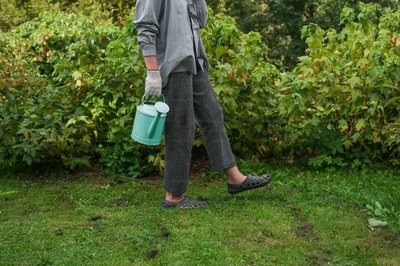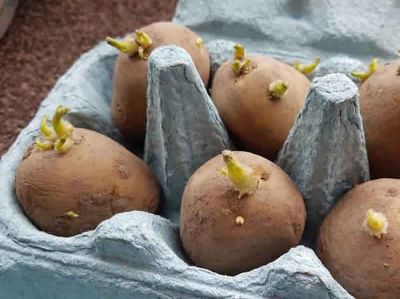
There are dozens of potato varieties available that fall into one of three categories – First Earlies, Second Earlies and Maincrop. First earlies grow much quicker with a lower yield than maincrop but offer you lovely new potatoes which can be harvested at whatever size suits, from as early as late June. It is worth noting that you should only harvest what you need as you go along as these do not tend to store well once lifted and are much better fresh from the soil.
Second earlies take around 16 to 17 weeks to mature and can be harvested as required from July onwards and can keep you in supply of spuds until October.
Maincrop potatoes tend to produce higher yields and can be stored over winter. Whilst some guides will say you can harvest maincrop potatoes from July through to August it is recommended that you leave pulling maincrop potatoes until October, even if you have to cut the stalks earlier for blight control, to allow their skins to mature.
In terms of when to plant your spuds, traditionally first earlies go in the ground in mid March around St. Patrick's Day, with second earlies planted in early April and maincrop from mid to late April. Seed potatoes can be planted 10-15cm deep, in fertile, free draining soil that has had a generous helping of well rotted manure or compost incorporated.
To chit or not to chit?
Chitting is simply a process of encouraging seed potatoes to “sprout” before planting (see image above) and is believed to encourage higher yields, although the jury is out on this one as some research has shown the difference between yields of chitted and non-chitted potatoes to be negligible. It certainly does no harm and many would argue that you can get an earlier crop from chitting and it is better to do it in the hope of a better yield, than to not bother at all.
You can start chitting potatoes any time from early February, by standing potatoes in egg boxes, with the blunt end of the potato, that has a number of “eyes”, pointing up . These can then be stood in a frost free room, where they'll receive some light. By Mid march you should then have strong, sturdy shoots about 1.5-2.5cm long.
When it comes to planting, your potatoes can then be pressed carefully and firmly in your prepared ground with the shoots pointing upwards, then covered lightly with soil to the appropriate 10-15cm depth. Earlies can be planted 25cm apart with 50cm between rows, maincrop potatoes require a bit more space and we recommend 35cm between plants in rows spaced 75cm apart.
As shoots appear you can then “earth up” your potatoes at regular intervals through the season to just allow the tops of the shoots to remain exposed as this will also increase yields and prevent your potatoes from becoming exposed to light and ending up green and inedible.
Follow these steps and you should be able to get your potatoes off to a good start and maintain them through the season.
We have a wide variety of seed potatoes available online and should you have any questions about getting the most from your potato crop, our experienced staff are always happy to help.



